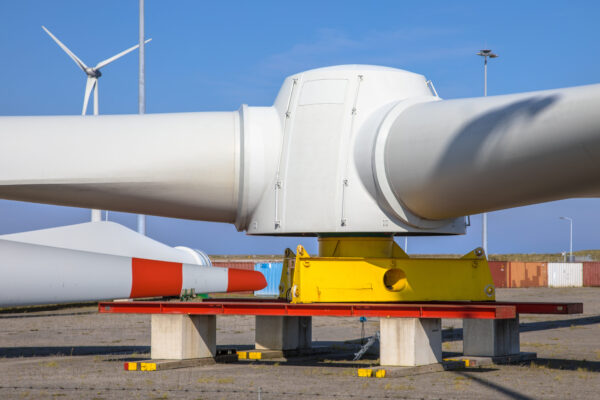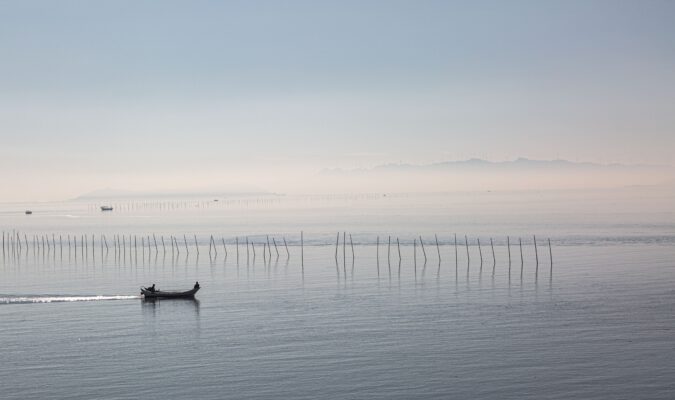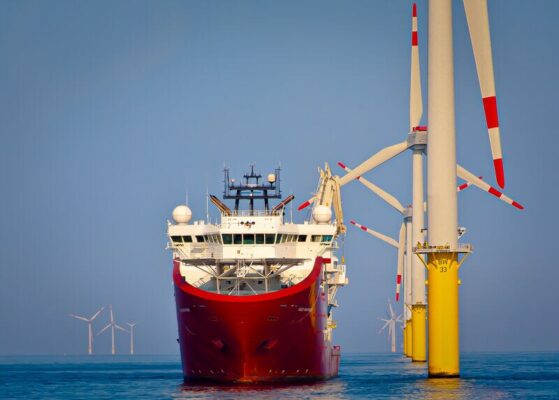Spanning a 482 km area, the core of this 1 GW venture lies 50 to 55 km off the coast of Guangdong province in southeast China, in areas where the sea depth ranges from 37 to 44 meters. This wind farm is equipped with 92 MySE 11-230 hybrid-drive turbines, supplied by MingYang Smart Energy, a leading Chinese wind turbine manufacturer.
Contracted in January 2022, these turbines feature a 230-meter rotor diameter with 99-meter-long carbon-glass hybrid blades. Specifically tailored for offshore environments and designed to withstand wind speeds of up to almost 79 m/s, they are particularly suited for typhoon-prone regions such as Guangdong and Fujian in China. Each turbine can produce an output of 11 MW.
In addition to their typhoon resistance, MingYang’s turbines are compact and lightweight, enhancing the efficiency of transportation and installation. These turbines feature a hybrid-drive design that includes both a drivetrain and a permanent magnet generator, aiming to boost efficiency and reliability, reduce maintenance needs, improve power generation capabilities, and potentially lower the overall cost of wind energy production.
The project’s infrastructure comprises an onshore substation, a 500 kV offshore substation, and an advanced 66 kV submarine cable system that links the turbines to the offshore substation. The wind farm stands out as the first globally to construct a 500 kV HVAC offshore substation and to employ a 500 kV three-core subsea cable provided by Orient Cable (NBO).
Upon reaching full capacity, the Qingzhou offshore wind farm is projected to produce 3.6 TWh of electricity each year. This substantial generation capacity is expected to offset about 1.05 million tons of coal usage annually, resulting in a decrease of roughly 2.78 million tons of CO2 emissions. This contributes significantly to the global initiative to reduce the environmental footprint of energy production.



